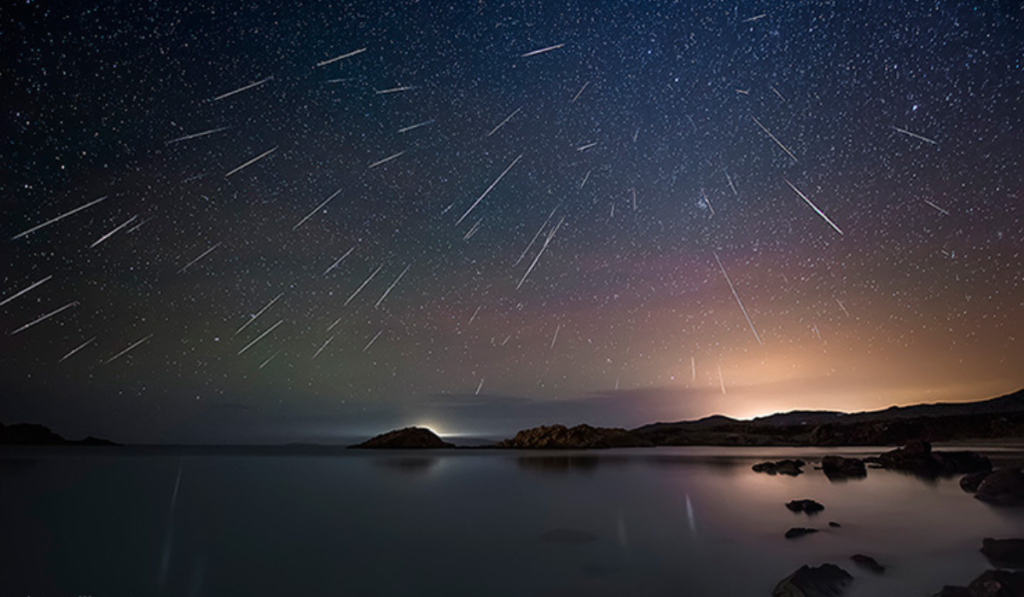How to Photograph the Geminid Meteor Shower: A Comprehensive Guide

The Geminid Meteor Shower is a highly anticipated event that’s known for its abundance and reliability. The Geminid meteor shower is a spectacular celestial event that takes place every year in mid-December. The Geminids do not have a comet like many other meteor showers. This makes them unique and captivating.
Preparation for the Challenge
The Geminids meteor shower presents its own challenges. This includes focusing in low-light conditions, capturing crisp images during long exposures and timing shots so that they coincide with meteor activity. To overcome these obstacles and capture stunning photos of the meteor shower, it is important to prepare properly.
Geminids Location
Geminids are best visible in the constellation Gemini. They can be seen a few days prior to and after their peak. Photographers can pinpoint Gemini’s direction by using night sky apps such as Stellarium, or by navigating with prominent stars such as Ursa Major or Polaris.
Essential Equipment
For the best Geminid meteor shower photos, you’ll need a tripod that will keep your camera stable during long exposures. You should also use a wide-angle zoom lens with a large aperture (e.g. f/2.8 and faster) in order to capture as much of the night sky as possible. Finally, an intervalometer, or external shutter release, is necessary for hands-free photography.
Shooting Technique
To capture meteor showers, it is important to take multiple photos quickly in manual mode with a consistent exposure. Intervalometers can help reduce camera shake while shooting in RAW allows for greater flexibility during post-processing.
Considerations for Weather
It is important to check the weather forecast prior to heading out to capture the Geminids to maximize the chances of capturing meteors and ensure that the skies are clear. It is also beneficial to travel to areas with low light pollution, as this will improve visibility and viewing conditions.
Camera Settings
When photographing meteor showers, it is important to optimize camera settings for low light conditions. For example, you can use a large aperture (e.g. f/2.8), shutter speeds of 5 seconds or more, and ISOs of 1000 or higher. It is possible to maintain consistency by locking the white balance, and disabling noise reduction for long exposures.
Focusing Technique
For sharp night sky images, manual focus is essential. It is best to use live view and adjust the focus ring manually until the star appears smaller and more defined.
Editing Process
Adobe Photoshop is a great tool for combining your best photos of meteor activity. By stacking images and using the “Lighten”, blending mode, you can create visually stunning compositions of meteor activity.
Please consider these additional considerations for 2020
Geminid meteor shower is a spectacular event to photograph in 2020. Photographers can capture beautiful images even if they live in the Southern Hemisphere with the right equipment and preparation. A personal observation experience also highlights the sporadic nature and effort required to capture celestial phenomena.
The conclusion of the article is:
Following these key points, as well as implementing best practices in preparation, shooting and editing, photographers will maximize their chances to capture stunning images of the Geminid Meteor Shower and create compelling visual stories of this celestial phenomenon. The Geminids are a great opportunity for astrophotographers to explore the night sky, whether they’re experienced or beginners.


